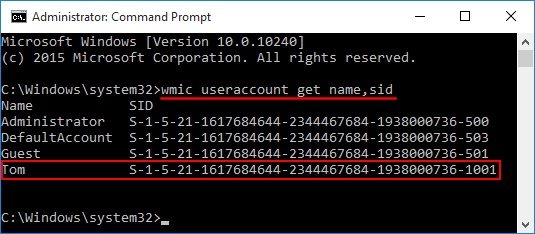

Go to the Formulas tab, in Defined Names group, click Use in Formula, and then select the defined name you want to add.įor more information on using defined names, see Define and use names in formulas. Keep the cursor in the formula syntax at the point where you want to add the name you just created. The next part is to add the name in the formula. On the Formulas tab, in the Defined Names group, click Define Name, and then click Define Name.įor the Scope, select if you want the name to be available within the sheet only, or the entire workbook. If you want to create a new range, you can skip this step. If you already have the data in the spreadsheet, and want to assign a name to specific cells or a cell range, first select the cells in the spreadsheet. Solution: Define a name in Name Manager, and then add the name to the formula.

See the following example of a SUM function referring to Profit, which is an undefined name in the workbook. I hope this article was helpful.When your formula has a reference to a name that is not defined in Excel, you will see the #NAME? error. :param ratio: The ratio between height and width. This function will use the active style by default, which will determine defaults for the various optional parameters (see :func:setactivestyle).
#COLORCONVERTER GET NAME CODE#
This code can be used if you need a color name for every possible RGB combination. Use this or :func:getsubplotplotter to make a : instance for making plots. We can see that the RGBs for firebrick in css3 are not far off from the ones we used. Output: closest match: firebrick Conclusion

Let’s use this function to get the name of RGB (190,53,25). You can read more about KDTree here.Ĭode: from scipy.spatial import KDTree from webcolors import ( css3_hex_to_names, hex_to_rgb, ) def convert_rgb_to_names(rgb_tuple): # a dictionary of all the hex and their respective names in css3 css3_db = css3_hex_to_names names = rgb_values = for color_hex, color_name in css3_db.items(): names.append(color_name) rgb_values.append(hex_to_rgb(color_hex)) kdt_db = KDTree(rgb_values) distance, index = kdt_db.query(rgb_tuple) return f'closest match: ' It will look for the closest matched hex code for our given RGBs that has a color name associated to it. We will use a data structure called KDTree. However, if you can make do with the nearest possible color name for the given RGB values, we can use something that finds the closest match. This actually makes sense if you are working on a project which relies on the accuracy of the colors. Let’s take a look at some RGB values with their hex code and color names to make it clear: In other words, when the function converts the decimal values into CSS hex code, it doesn’t find an exact match for the color name associated with it. It’s telling us that the combination of RGB values we gave doesn’t map to any Hex code available in css3. The above code throws an error: ValueError: '#960000' has no defined color name in css3. But let’s see if it can handle some random combination of RGB values. Let’s see it in action: from webcolors import rgb_to_name named_color = rgb_to_name((255,0,0), spec='css3') print(named_color) We can use the rgb_to_name function which takes RGB values as a parameter and returns the name of the color they represent. It’s a fairly simple problem and there is a library for Python called webcolors to solve it.


 0 kommentar(er)
0 kommentar(er)
